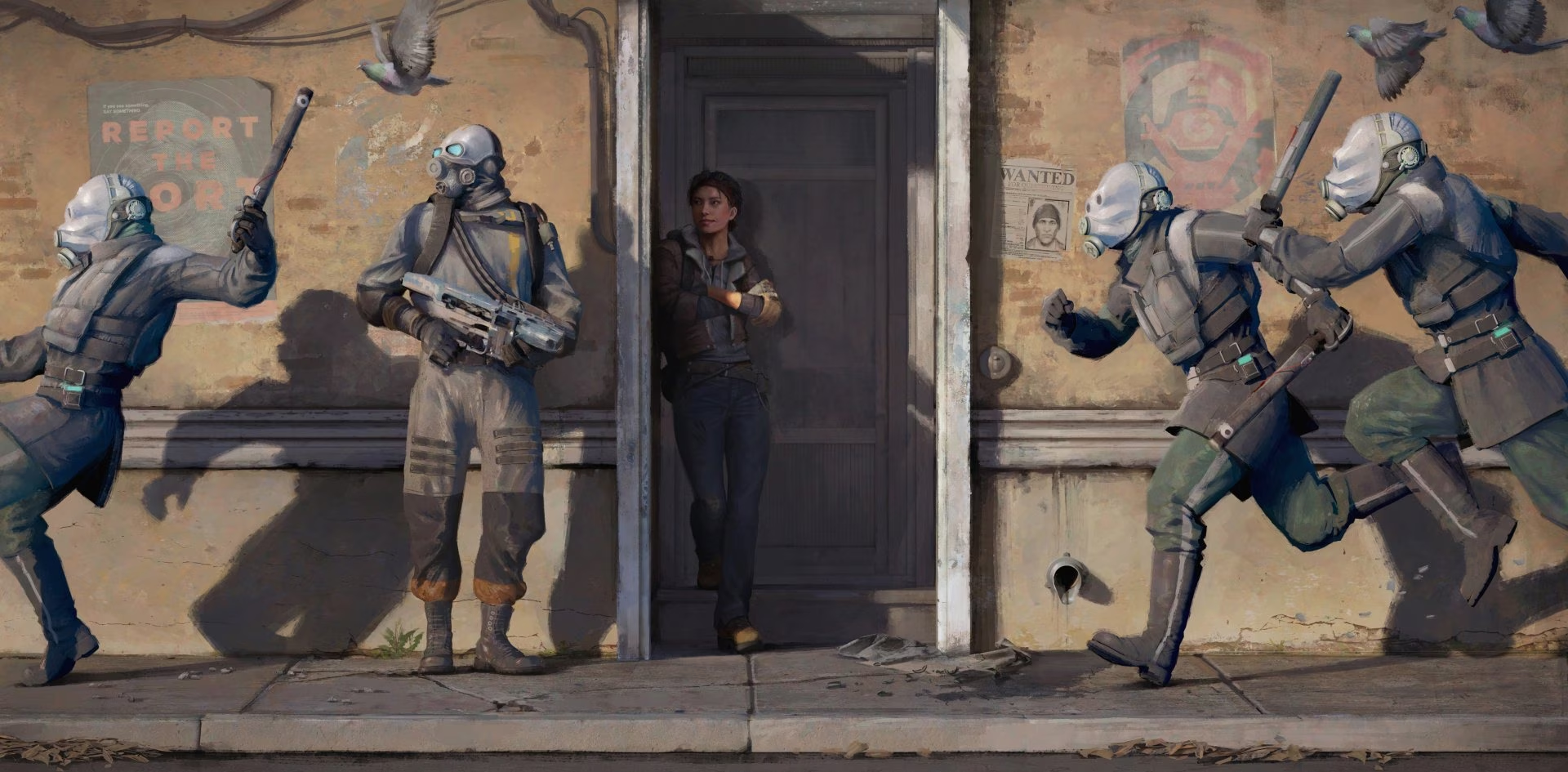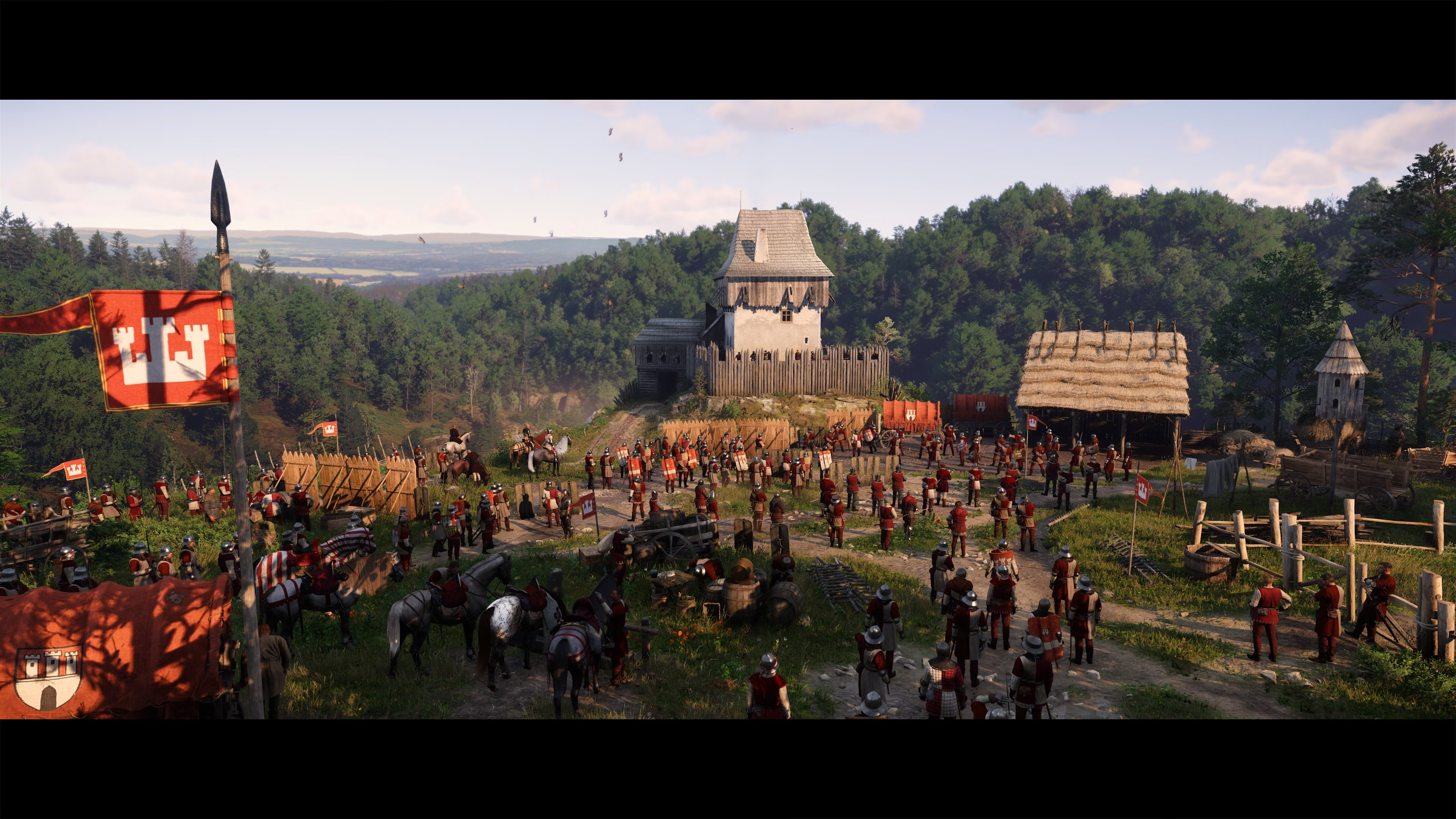The best Samurai game yet bar none
Ghost of Tsushima (Director’s Cut) Review
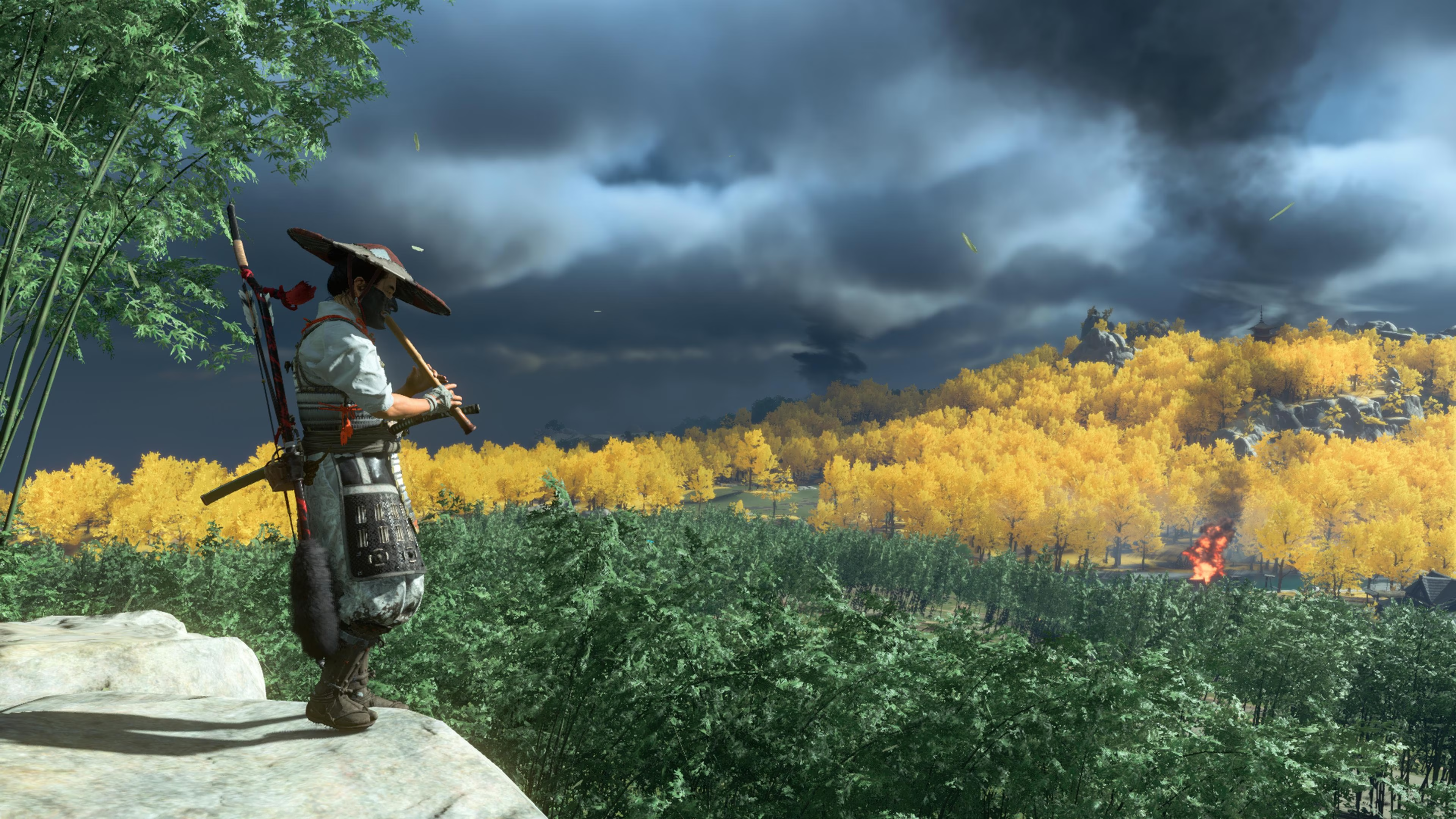

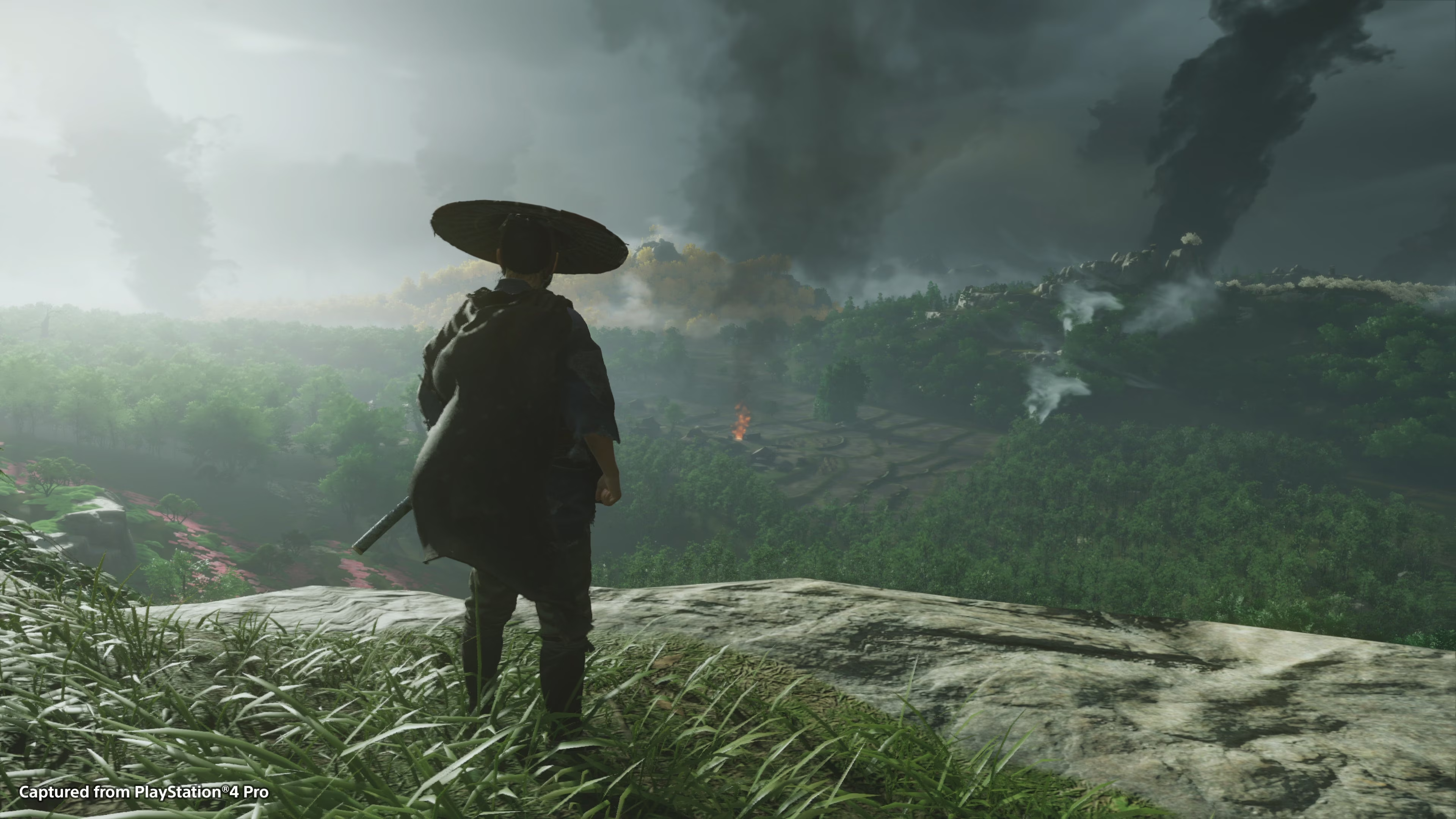
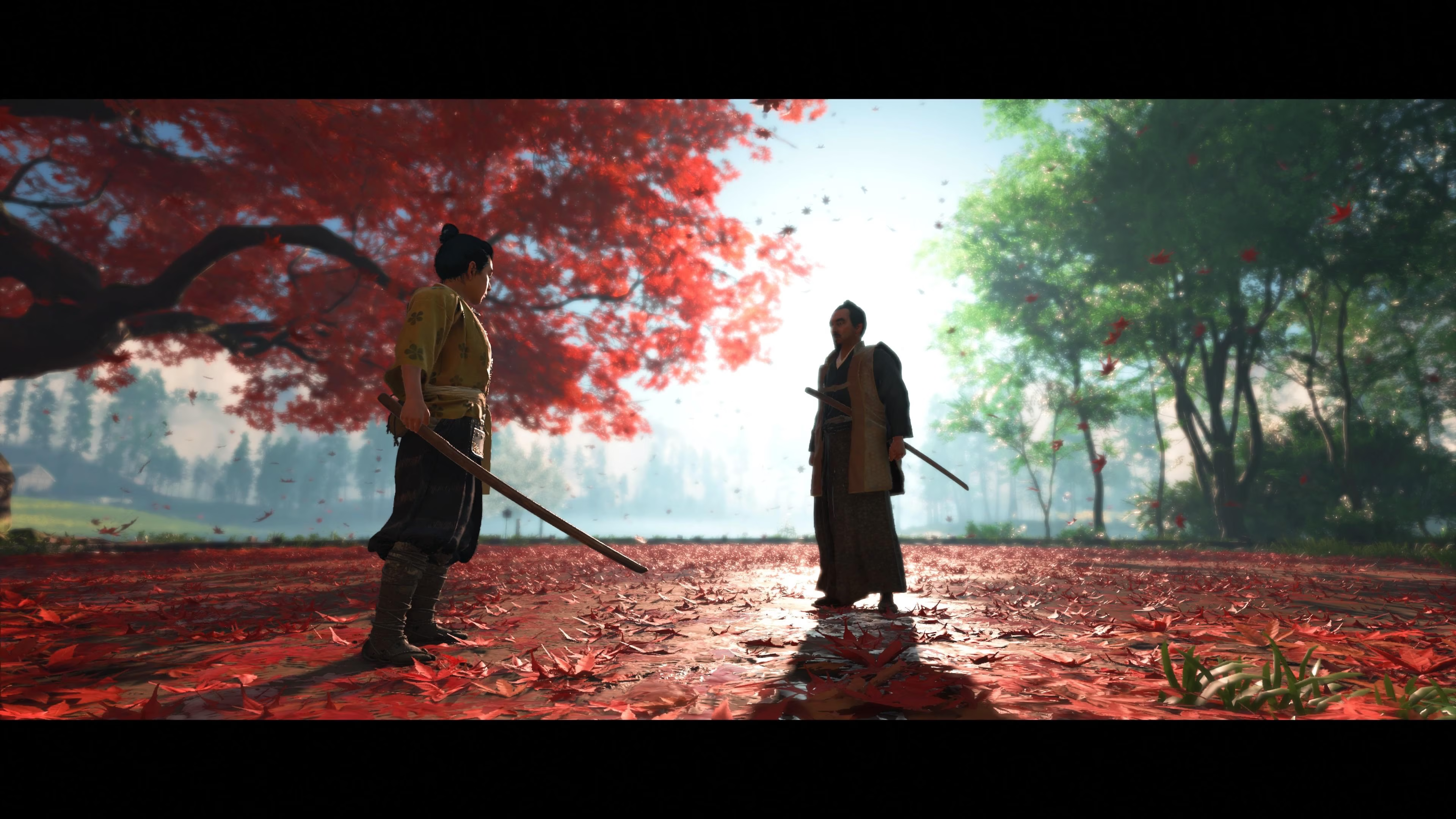
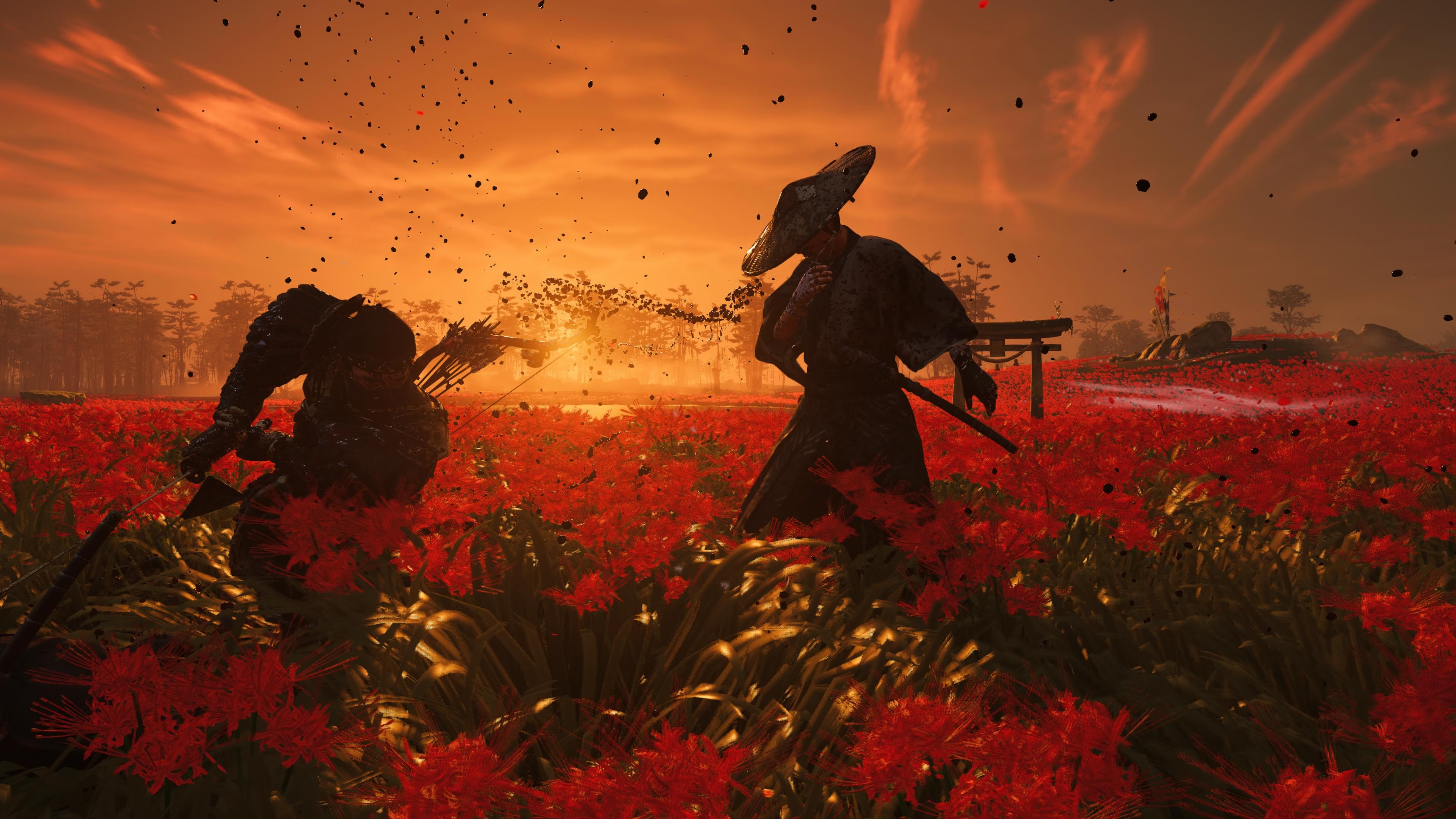
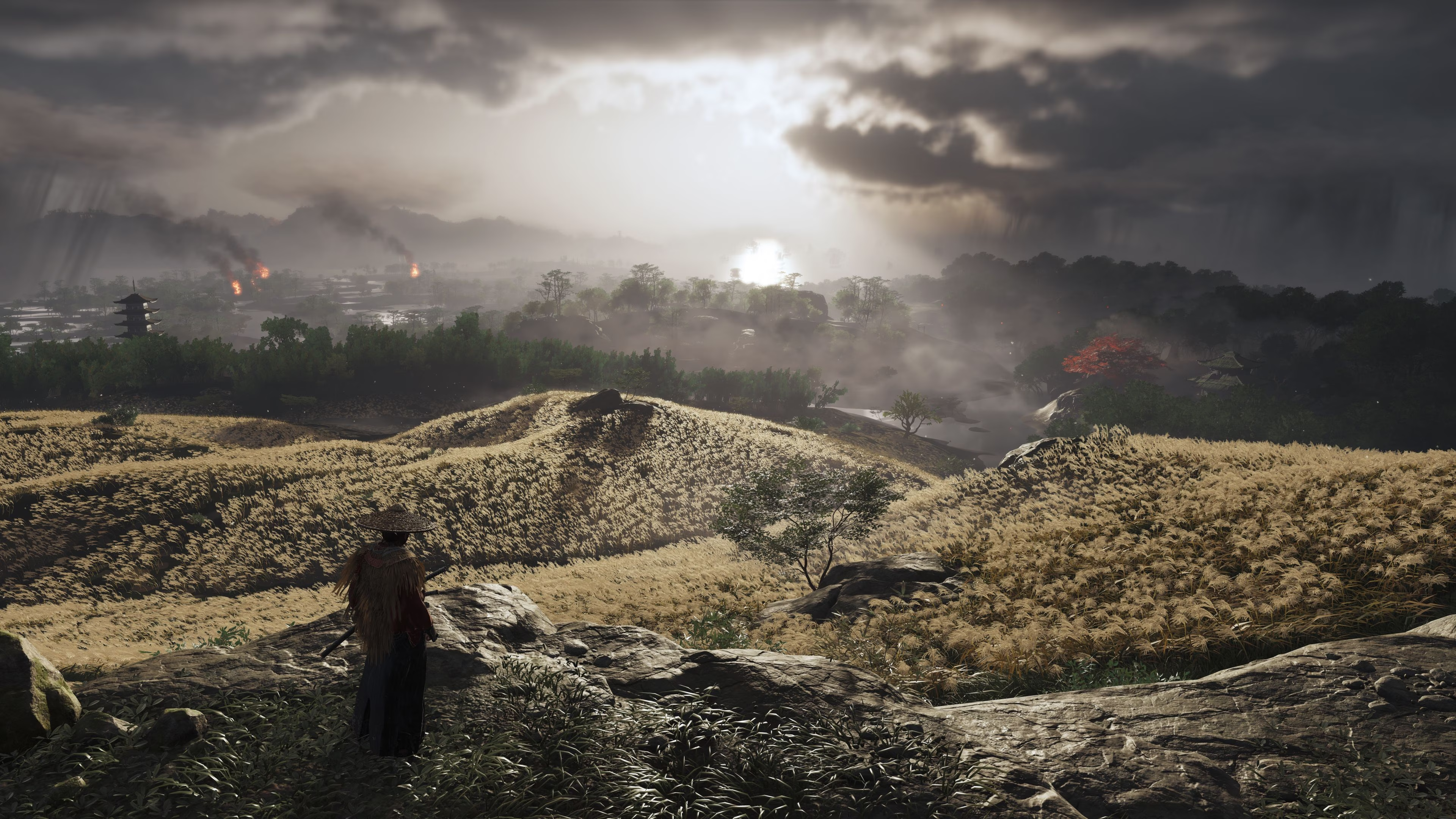

After primarily gaming on PC for most of the past decade, I finally returned to consoles with a PS5 and Xbox Series X. One of the first games I tackled was Ghost of Tsushima — a title I’d missed during the PS4 era but heard so much praise about.
Pros
- ⚔️ Deep, varied combat styles and stances that keep fights fresh
- 🌄 Beautiful, handcrafted open world with immersive atmosphere
- 🧩 Meaningful side activities that reward exploration
- 🚀 Insanely fast ~3 second fast-travel loading times on PS5
- 🎭 Storytelling with strong narrative quality and emotional depth
Cons
- 🐴 No auto-pathing or cinematic horse travel like in RDR2 or recent AC games
- ⏳ Story pacing is a bit slow at times, unskippable dialogue
- 🤦♂️ Some story moments feel unresolved or frustrating (e.g. Ishikawa and Tomoe arc)

At its heart, Ghost of Tsushima tells an awesome, classic samurai story. The narrative follows Jin Sakai, a samurai struggling to defend his home from the Mongol invasion. The story’s pacing can feel a little slow at times, especially with the unskippable dialogue, but the quality of the narrative, the commitment to its themes, and the strength of its characters carried me through effortlessly. In fact, it’s one of the only games where the inability to skip cutscenes and dialogue wasn’t a problem for me; I was completely invested in the world and its tale.
The game is set on the beautiful island of Tsushima. With protagonist Jin Sakai finds himself one of the last surviving members of his clan against an overwhelming Mongol army. He faces a profound moral and tactical dilemma: should he stick to the honorable samurai code of facing enemies head-on, or should he embrace the dishonorable but effective path of the “Ghost”—using stealth, fear, and unconventional tactics to save his people? This internal and external conflict forms the core of the game’s powerful narrative.
While the main story is strong, it isn’t without its flaws. The plot occasionally relies on tired narrative tropes to move forward, and the motivations of a central figure can feel frustratingly rigid, bound by a code that clashes with the story’s more pragmatic themes. Furthermore, some significant side-character arcs build up fascinating moral complexity only to conclude abruptly and fall flat, leaving their compelling questions feeling unresolved. These are minor issues in an otherwise excellent narrative, but they are noticeable blemishes nonetheless.
The character progression is excellent. The game masterfully compels you to explore its beautiful world by tying side activities directly to meaningful character upgrades. Clearing out Mongol camps, following foxes to hidden shrines, composing haikus, and slicing bamboo all reward you with techniques and legend that make you tangibly more powerful. Unlocking new skills and armor always feels exciting and worthwhile. It never felt like a chore to me. Even when it might look like a Ubisoft/Assassin’s Creed RPG title in terms of formula, there is a subtle quality difference and thats what make Ghost of Tsushima stands out.
 This feeds directly into the combat, which is simply amazing. The core of the swordplay revolves around different stances, each designed to be effective against specific enemy types (e.g., Stone Stance for swordsmen, Water Stance for shieldmen). Switching between them on the fly while parrying, dodging, and looking for an opening feels fluid and strategic. The animations are satisfyingly smooth and great, it never feels clunky or rough. The Standoff mechanic, where you challenge enemies to a one-hit-kill duel, never gets old, because its just like the films. As Jin embraces his "Ghost" persona, you also unlock a full suite of stealth tools and abilities, allowing you to play as an honorable samurai, a deadly ninja-like character, or a mix of both. So it's not really just a Samurai game, but a Ninja game too. While the combat is fantastic, there's still room for improvement, perhaps with more enemy variety or more complex boss mechanics in a potential sequel.
This feeds directly into the combat, which is simply amazing. The core of the swordplay revolves around different stances, each designed to be effective against specific enemy types (e.g., Stone Stance for swordsmen, Water Stance for shieldmen). Switching between them on the fly while parrying, dodging, and looking for an opening feels fluid and strategic. The animations are satisfyingly smooth and great, it never feels clunky or rough. The Standoff mechanic, where you challenge enemies to a one-hit-kill duel, never gets old, because its just like the films. As Jin embraces his "Ghost" persona, you also unlock a full suite of stealth tools and abilities, allowing you to play as an honorable samurai, a deadly ninja-like character, or a mix of both. So it's not really just a Samurai game, but a Ninja game too. While the combat is fantastic, there's still room for improvement, perhaps with more enemy variety or more complex boss mechanics in a potential sequel.
Visually, the game is renowned for its breathtaking beauty. Colorful, vibrant scenery that showcases the romantic beauty of feudal Japan. At the same time, its art style is heavily inspired by classic samurai cinema, particularly the films of Akira Kurosawa, focusing on picturesque landscapes, vibrant color palettes, and dramatic weather. The game famously includes a “Kurosawa Mode,” which renders the entire world in a cinematic black-and-white with film grain and altered audio, perfectly mimicking the look and feel of those iconic movies.

Conclusion
Ghost of Tsushima is a masterclass in blending cinematic storytelling with open-world exploration and nuanced combat. It captures the spirit of samurai films with a heartfelt narrative and breathtaking environments. While not without flaws—such as slow pacing and unresolved story threads—it offers a deeply rewarding experience that few games in the genre can match. For fans of samurai stories and atmospheric adventure games, this title is an essential play. If the series continues, I’d be eager to see Jin embrace his “Ghost” persona fully and maybe even lead a ninja clan, expanding on the fascinating world the game has built.


